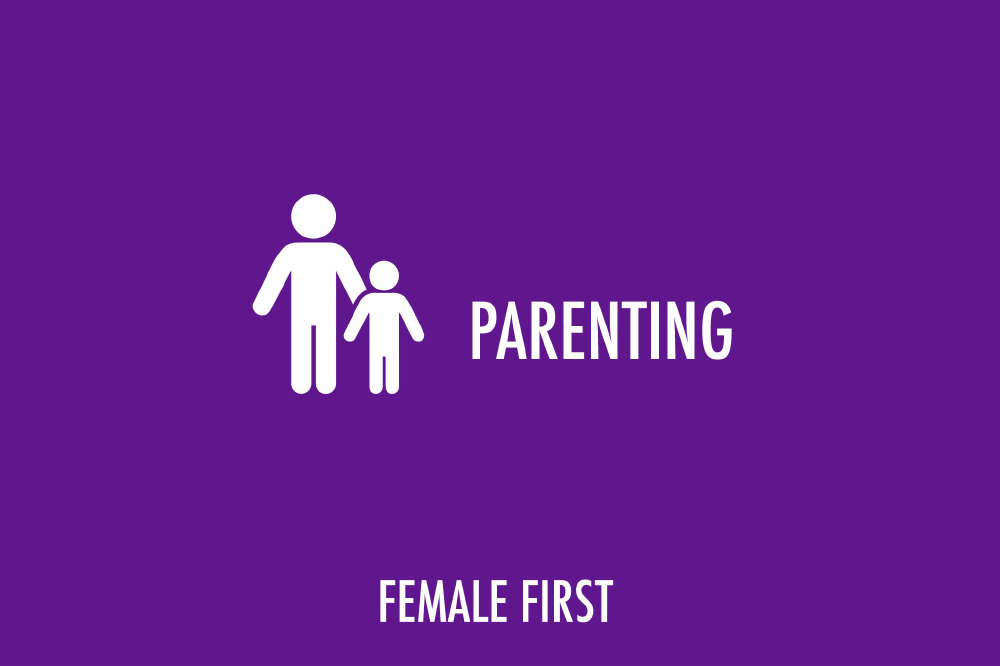By Chesca Colloredo-Mansfeld, CEO and co-founder of MiracleFeet, the leading global children’s nonprofit organization on a mission to eliminate untreated clubfoot worldwide.

Image courtesy of Unsplash
Clubfoot causes one or both feet to turn inwards and downwards due to abnormal development of the tendons, muscles, and bones in the foot. Also known as talipes equinovarus, clubfoot is a congenital birth defect meaning it is a condition that develops prenatally and may be identified before or at birth.
A child with clubfoot may be born with a tight Achilles tendon (the large tendon found at the back of the ankle) which causes one, or both feet (in around half of cases), to become rigid and turn inwards and upwards.
Additionally, the foot and leg are slightly shorter than normal, and the calf is often thinner due to underdeveloped muscles; however, these effects are more obvious in bilateral cases.
Clubfoot has been documented for thousands of years. It is more commonly found in males, and it occurs in 1 in every 600 to 800 births, according to recent studies. Although the exact causes are unknown, research suggests that hereditary and environmental factors may play a role in 25% of instances.
Almost all cases occur in otherwise healthy newborns – with the position of their feet serving as their only medical barrier to a high quality of life. Luckily, it is highly treatable, and most children live a healthy, active life after treatment with little or no lasting effects.
The preferred method of treatment, endorsed by international organisations all around the world, is known as the Ponseti method. It’s an affordable, non-invasive and non-surgical treatment which involves wearing a series of casts for 6-8 weeks to gently reposition the feet, followed by a simple procedure to release the Achilles tendon. Lastly, infants wear a foot abduction brace to prevent relapse for 23 hours a day for the first three months, then only when sleeping for several years.
The method is extremely effective, providing lasting full mobility in 95% of cases.
Ideally, treatment should begin within weeks of birth when the tendons and ligaments are at their most elastic. Without this early intervention, as the child with clubfoot begins to walk, they will bear weight on the side of the foot which will cause further twisting. It can also be painful and, if left untreated for a significant period of time, could lead to the need for surgical intervention – a complex, less effective, and more expensive option.
In developed healthcare systems, most patients have access to this treatment at birth, and particularly in the UK, the Ponseti method treatment is available on the NHS. However, 90% of children born with clubfoot today are in low- and middle-income countries, where few have access to proper care.
As a result, many are forced to live with the disability caused by untreated clubfoot as well as the associated social stigmas and discrimination, and are more likely to experience abuse and neglect.
MiracleFeet exists to eliminate untreated clubfoot and help provide lifelong mobility, independence, and opportunity for children worldwide.
RELATED: Parenting Advice: What are your options if your baby is born with clubfoot?
MiracleFeet is the largest global non-profit organization working to ensure that every child born with clubfoot has access to the medical care they need to thrive. Founded in 2010, MiracleFeet has already helped 64,000+ children across 29 countries. Through partnerships with local healthcare providers, they work to bring clubfoot treatment to countries lacking adequate access to this inexpensive treatment—costing only 350 GBP per child on average. With the help of MiracleFeet, this care is either free or very low-cost for the families who require it.
www.miraclefeet.org


